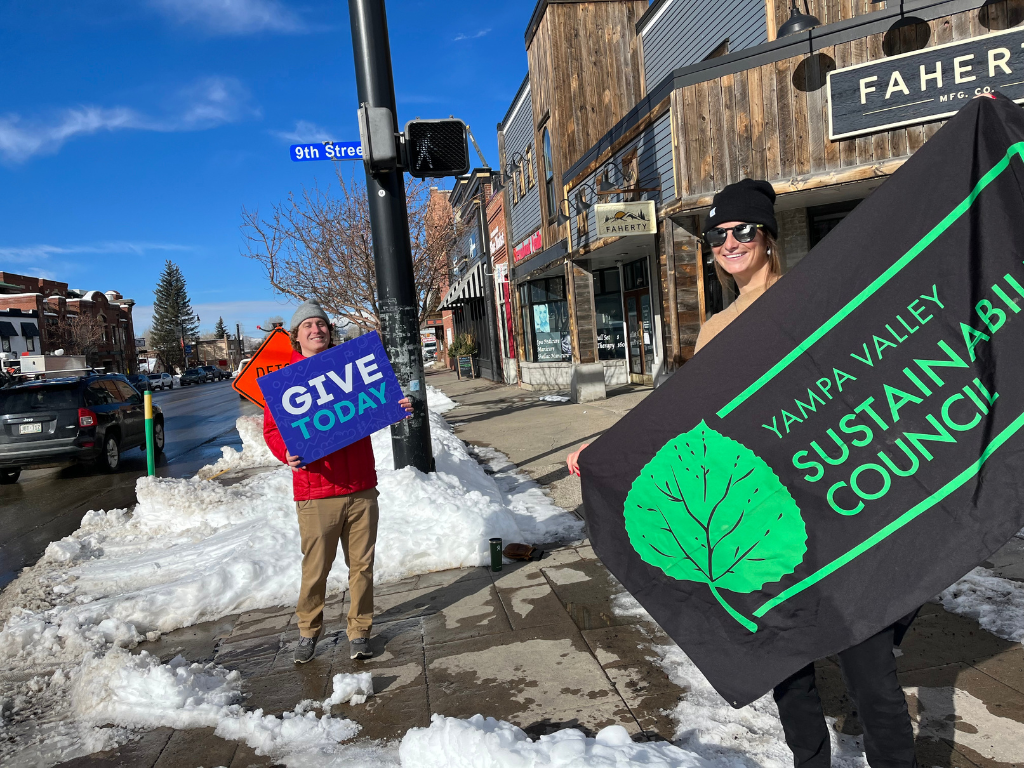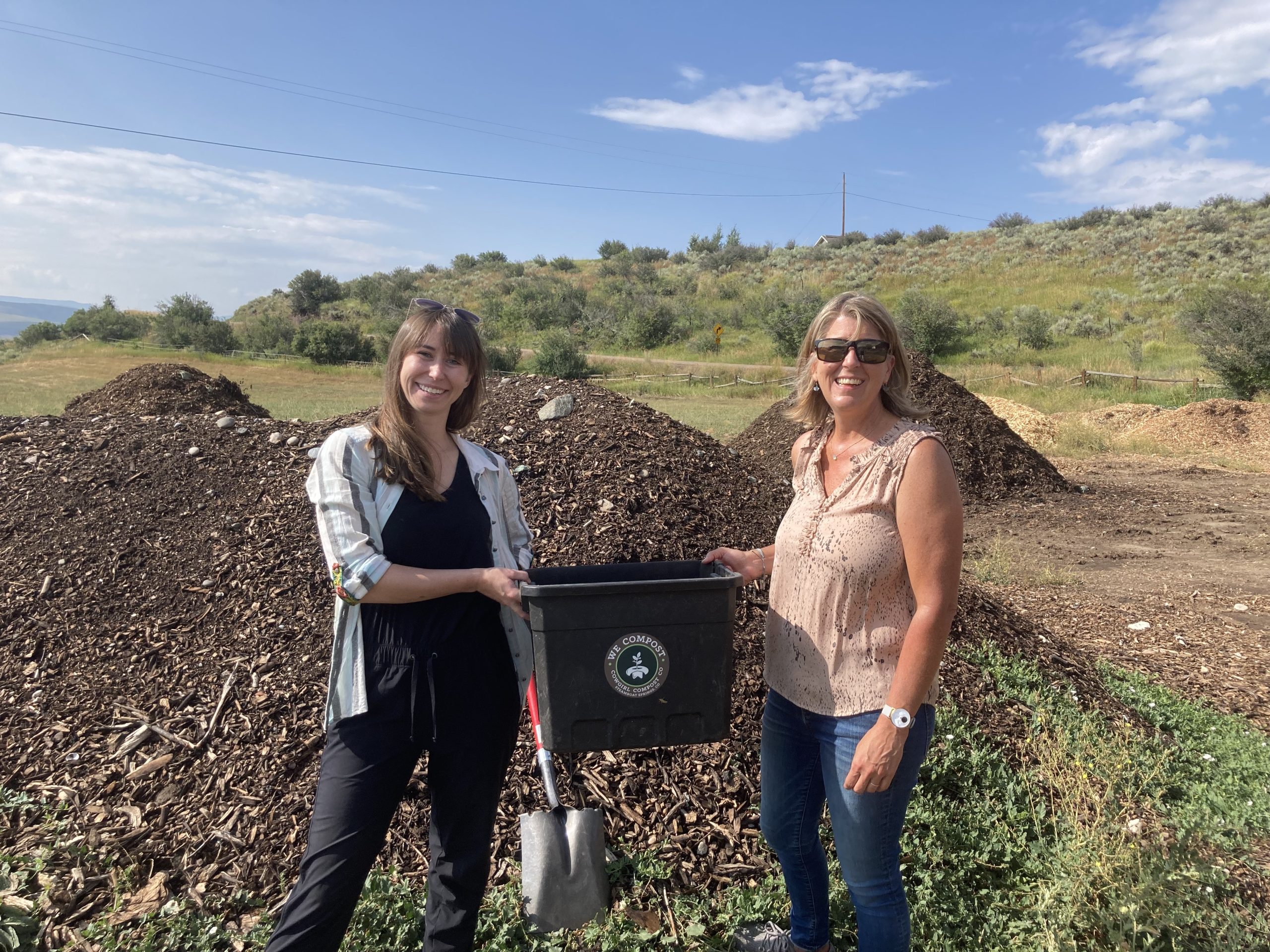JUNE 18, 2018 BY
“It was a combined effort that worked very well,” says Gregor Goertz, whose family runs a diversified cattle and farming operation near Wheatland, Wyo.
The Goertz family did all the necessary paperwork and provided the labor to install both systems, which helped their ranch become more sustainable, as well as adding value to the neighbor’s land they lease. This collaboration, says Goertz, is something other ranchers could consider if they lease pasture for their cattle.
NRCS EQIP offers some 200 practices designed to assist working farms and ranches overcome challenges, such as lack of water. Many ranchers and farmers can also make renewable energy projects, including solar developments, affordable by receiving cost assistance through the USDA Rural Energy for America Program, commonly referred to as REAP.
There are a variety of other funding sources, too, from conservation districts on the local level to statewide organizations that collaborate with utilities, nonprofits and government agencies.
“The local NRCS and conservation district have been great to work with not only in water development, but also grass improvement projects,” Goertz says.
Without water wells, southeast Wyoming rancher Todd Heward would be up a creek.
He raises cattle and sheep in an area that gets only 7 to 9 inches of precipitation a year; one thing isn’t lacking, however — lots of sunshine. And Heward, like many other ranchers, is finding solar-powered wells to be more reliable than windmills.
“You definitely get more dependable water with the solar units,” Heward says. “They are truly more dependable, even in our area — which typically gets a lot of wind.”
Heward and his family have divided their sprawling ranch, which is on the desolate, wind-swept plains of the Shirley Basin, into 31 pastures. Having done so allows them to implement a carefully managed grazing program.

NEWLY INSTALLED: This is one of the new, permanent solar-powered wells on the Heward ranch in southeast Wyoming. A combination of permanent and portable solar panels allowed the family to divide their ranch into 31 pastures. This, in turn, has drastically improved grazing management.
This would not have been possible without the development of well water, and Heward is in the process of adding four more wells — three that are permanent solar and one that is electric.
“The solar pumps are two to four times more expensive than an electric pump, and then there’s the cost of control boxes and solar panels. But these solar developments are in areas that would be incredibly cost-prohibitive to run electricity to,” he says.
Heward says, “Solar technology continues to improve, while the price of equipment continues to go down. That means the payoff for solar is getting better all of the time.”
This helped to encourage Heward to replace two windmills with solar.
He explains, “In addition to being more dependable than windmills, the solar units require far less maintenance, and they also produce two to three times the water.
“Some people are doing solar-wind turbine combinations; so if it’s cloudy, you hope there is enough wind to operate the pump,” Heward adds.
But since sun is a plentiful resource in Wyoming, Heward finds that the solar-powered wells keep his cattle happy and his grazing management plan working like it should.






